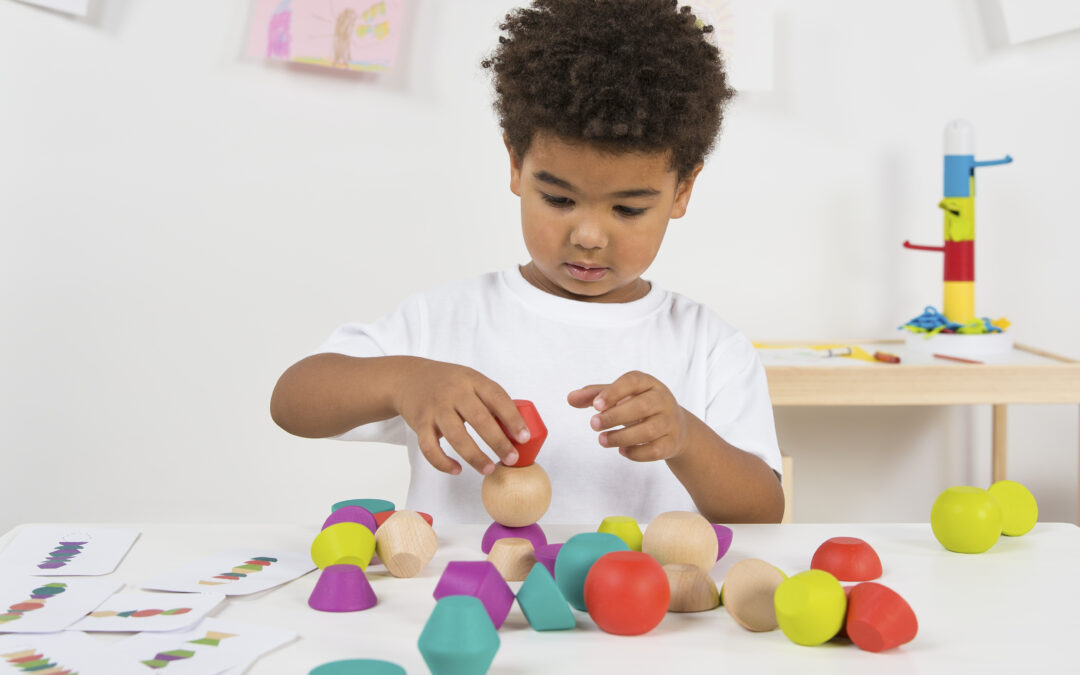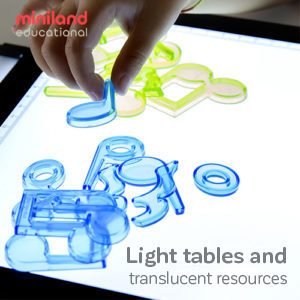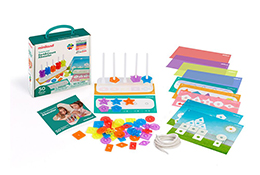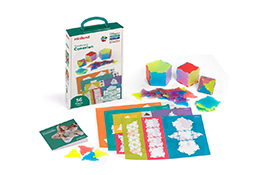Emotions, Academics, and Overcoming Summer Brain Drain
As summer winds down and the excitement of a new school year begins, early education teachers face the unique challenge of preparing young students for a successful transition back to the classroom. This period is crucial for setting the tone for the rest of the school year.
To help you navigate this exciting yet demanding time, we’ve put together some tips to help you with managing your students’ emotions, hitting the refresh button on academics, and addressing any skills that weren’t used over the summer.
- Emotions: Creating a Supportive Environment
- Recognize and Validate Feelings:The start of a new school year can be an emotional rollercoaster for young children. They may feel anxious, excited, or even scared. Take time to recognize and validate these feelings. Use tools like Miniland’s Emotiblocks and Emotions Puzzles to help children identify and express their emotions.

Incorporating activities that allow students to share how they feel can build a supportive classroom environment where every child feels heard and understood.
- Establish Routines:Consistent routines provide a sense of security and predictability, which is particularly comforting for young children. Clearly outline daily schedules and routines. Visual schedules can be very effective for early learners, helping them know what to expect and when.
- Incorporate Mindfulness Activities:Mindfulness activities such as deep breathing exercises, yoga, or simple meditation can help children manage their emotions. Starting the day with a calming routine can set a positive tone and help students transition into the learning environment smoothly. Miniland’s Mindful Kids is a great way to lead exercises in large or small groups and creates a calming environment for kids of any age.
2. Picking Up Academics: Setting the Foundation
- Review and Reinforce Basics:Begin the year with a review of fundamental concepts. Use engaging, hands-on activities to reinforce basic skills in math, literacy, and science. Tools like Miniland’s ECO Math Connectable Bears and Family Diversity Blocks can make learning interactive and fun, helping children re-engage with core subjects.
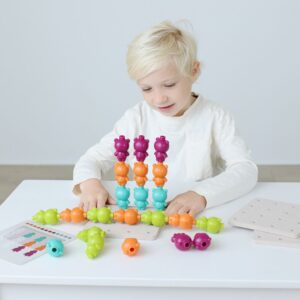
- Incorporate Play-Based Learning:Play is a powerful medium for learning, especially for young children. Integrate academic concepts into play-based activities to make learning enjoyable. For example, use role-playing games to practice social studies concepts or build simple science experiments into playtime. Miniland’s diverse doll collection can help set the stage for story telling and communication. Discuss any vacations a child might have taken over the summer and what people they may have encountered.
- Set Realistic Goals:Work with each student to set achievable academic goals. These goals can be tailored to individual needs and can help motivate students by giving them clear, attainable objectives. Celebrate their progress regularly to build confidence and a love for learning.
3. Skills
- Assess and Identify Gaps:Begin with a light assessment to identify any gaps in learning that may have occurred over the summer. This can be informal, such as observing students during activities or using quick, interactive quizzes.
- Targeted Interventions:Once you’ve identified areas where students need extra help, creating targeted interventions is key to helping them catch up and thrive. Small group sessions or one-on-one tutoring can be very effective, especially when you incorporate engaging and interactive tools. Miniland’s Feel to Learn Collection offers a variety of products specifically designed to support targeted learning in a fun and meaningful way.
- Nestle Sensory Tree:The Nestle Sensory Tree is designed to stimulate sensory exploration and development. Incorporate this tool in one-on-one sessions to help students who need additional sensory input. The various textures and shapes on the tree can help children with sensory processing issues to better engage with their environment and improve their focus.
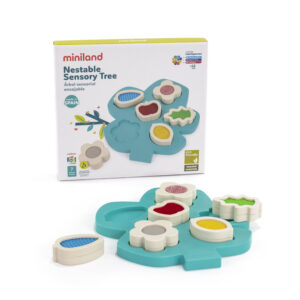
4. Overcoming Summer Brain Drain: Rebuilding Lost
-
- Sorting Tree Trunks: These trunks offer a hands-on way for children to practice sorting and matching. Use them to create targeted interventions that focus on developing cognitive skills such as classification and pattern recognition. The tactile nature of the tree trunks makes learning more interactive and enjoyable for young students.
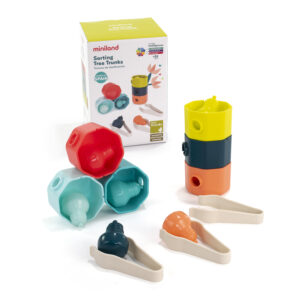
-
- Stacking Cups: Stacking cups are versatile tools that can be used to enhance a variety of skills. In small groups or individual settings, encourage children to stack the cups in different configurations to improve their hand-eye coordination, problem-solving abilities, and spatial awareness. This activity is particularly beneficial for students who need extra practice with fine motor skills.
- Encourage Parental Involvement:Engage parents in the learning process. Provide them with simple activities they can do at home to reinforce what is being taught in the classroom. This partnership can help bridge the gap between school and home, providing a continuous learning experience for the child.
- Incorporate Skill-Building Games:Games are a great way to practice skills that may have been lost over the summer. Use puzzles, blocks, and educational games to reinforce concepts in a playful manner. Miniland’s Wooden Towering Beads and Job Blocks are excellent tools for this purpose, combining fun and learning seamlessly.
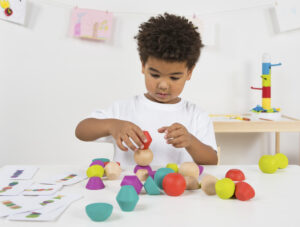
Final Thoughts
Preparing for the new school year involves more than just getting your classroom ready; it’s about preparing your students emotionally and academically for a fresh start. By addressing their emotions, reinforcing academic basics, and targeting skills lost over the summer, you can set the stage for a successful and enjoyable school year. Remember, the goal is to create a supportive, engaging, and enriching environment where every child can thrive and feel accepted.
Best of luck as you embark on this new school year!
For more tips and resources, explore the range of educational tools and materials available at Miniland Educational, designed to support early education teachers in creating an inclusive and dynamic learning environment.
